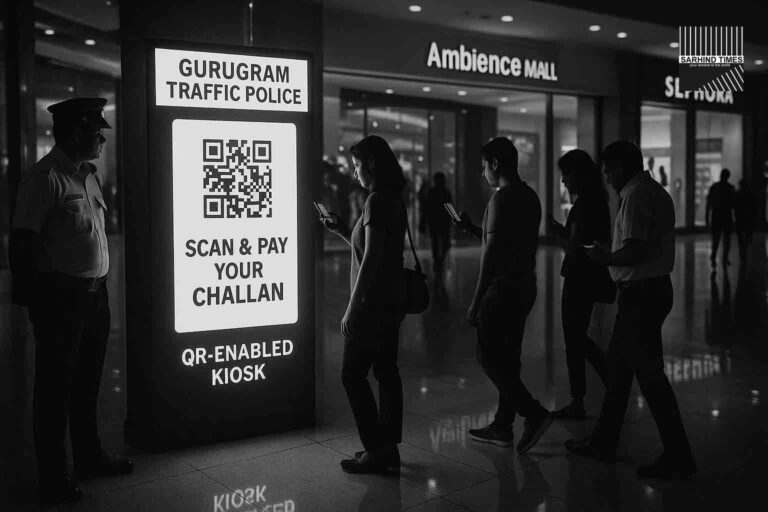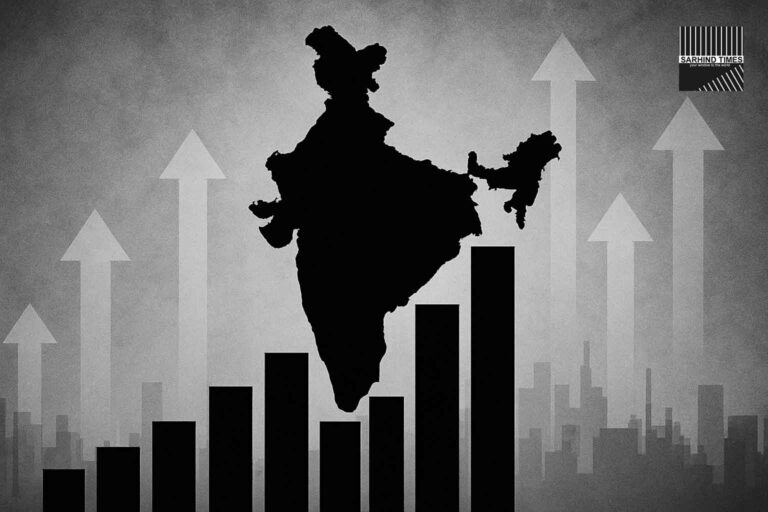By Sarhind Times Business Desk
New Delhi, October 3:
The Open Network for Digital Commerce (ONDC) has announced the launch of its 10th Financial Assistance Programme (FAP 10.0), a major initiative aimed at boosting participation from micro, small and medium enterprises (MSMEs), kirana retailers, and startups in India’s growing e-commerce ecosystem.
Designed to reduce onboarding frictions and make digital commerce more inclusive, the scheme promises targeted incentives, operational support, and lower entry costs for sellers. Officials describe FAP 10.0 as a “festive season accelerator”—a strategic push to bring more small sellers into interoperable e-commerce networks at a time when demand traditionally surges.
ONDC, the government-backed digital infrastructure project, is positioning this programme as a cornerstone of its inclusive-growth pitch, highlighting how open networks can democratise online retail beyond the dominance of large, walled platforms.
💡 What is FAP 10.0?
The Financial Assistance Programme is ONDC’s recurring mechanism to offer:
- Onboarding incentives for new sellers.
- Cataloguing and digital training support.
- Subsidies on logistics and payments integration.
- Operational credits to help manage returns, customer service, and compliance.
Under FAP 10.0, ONDC is focusing on:
- Expanding category coverage beyond groceries and mobility to fashion, electronics, healthcare, and F&B.
- Encouraging kirana digitisation by simplifying processes.
- Supporting startups and D2C brands in reaching consumers without platform lock-ins.
🏬 Why small sellers matter
India’s MSMEs and kirana shops are the backbone of the economy—contributing nearly 30% to GDP and employing over 110 million people. Yet, their participation in digital commerce remains fragmented and uneven.
- Many lack technical know-how for cataloguing.
- Logistics and payment costs deter early adoption.
- Visibility on large platforms is often skewed toward big brands.
ONDC’s open protocol seeks to level this field by ensuring discoverability across apps, where a seller on one platform can be discovered by buyers on another.
📈 Industry impact: festive timing
Analysts say the timing of FAP 10.0 is strategic.
- The festive quarter (October–December) accounts for 30–40% of annual e-commerce sales.
- Amazon and Flipkart dominate, but ONDC is positioning itself as a parallel enabler.
- By subsidising logistics and payments, ONDC lowers entry barriers at a time when consumer demand is peaking.
An industry analyst from RedSeer noted:
“If ONDC can assure service-level reliability during festive sales, it will gain serious traction. The challenge is no longer awareness but execution.”
🛒 Voices from the ground
- Kirana shop owner in Ghaziabad:
“I was hesitant to go online because of costs. With ONDC’s incentives, I can try selling groceries on multiple buyer apps without paying commissions to one big platform.”
- D2C startup founder in Bengaluru:
“Discoverability has always been an issue. ONDC gives us a chance to be found by new customers during Diwali without spending huge ad budgets.”
- Logistics aggregator:
“ONDC’s support is helpful, but we need clear SLAs. If deliveries fail during festive rush, trust in the system may suffer.”
⚖️ Challenges remain
Despite optimism, experts warn of hurdles:
- Service-level consistency: ensuring seamless returns, refunds, and deliveries.
- Consumer trust: buyers expect uniform quality, which requires strong grievance redressal.
- Data security: as more sellers come online, compliance with digital privacy laws is critical.
- Adoption pace: while metros are experimenting, Tier-II and Tier-III cities need more handholding.
🌏 Policy and global context
ONDC has been described as “India’s UPI moment for e-commerce.”
- Like UPI disrupted digital payments, ONDC aims to unbundle digital retail.
- Globally, policymakers are watching whether India’s open network model can provide an alternative to platform monopolies.
- If successful, ONDC could be a template for open digital trade frameworks worldwide.
📊 The numbers game
- ONDC seller base: Over 1.2 lakh merchants onboarded till September.
- Target for 2024: 2.5 lakh sellers across 400 cities.
- Transactions: 5x growth in categories like food delivery and mobility in 2023.
- FAP payouts: Expected disbursement of over ₹200 crore in incentives by March 2024.
📰 Conclusion
ONDC’s FAP 10.0 underscores India’s ambition to democratise digital commerce. For kiranas, startups, and MSMEs, it offers both opportunity and uncertainty—opportunity to expand reach during a crucial festive season, and uncertainty over execution reliability.
If ONDC can address last-mile challenges while sustaining trust, FAP 10.0 could mark a turning point in India’s retail evolution—shifting power away from closed marketplaces toward an open, interoperable network.
The coming festive quarter will test whether ONDC can deliver on its promise of “Digital India for all, not just for the few.”
#ONDC #Ecommerce #MSMEs #Startups #DigitalIndia #Policy

























+ There are no comments
Add yours